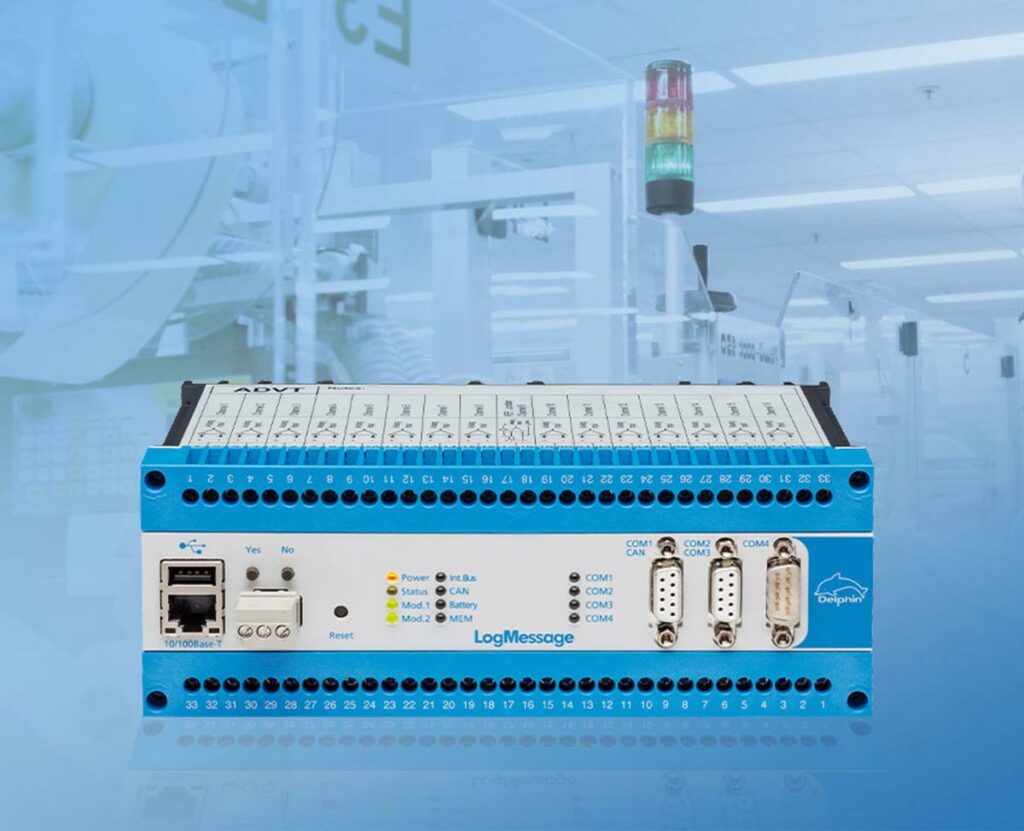Measurement of bearing vibrations in rolling bearings
The measurement of bearing vibrations in rolling bearings plays a crucial role in the monitoring and diagnosis of machines and systems. Bearing vibrations are caused by irregularities in the bearing, such as wear, misalignment or imbalance. These vibrations can lead to premature wear of the bearing and, in the worst case, to failure of the entire machine. In order to measure bearing vibrations, vibration sensors are usually attached to the bearings. These sensors record the vibrations in the form of accelerations and convert them into electrical signals. The measured vibrations are then analyzed in order to draw conclusions about the condition of the bearing. Measuring bearing vibrations makes it possible to detect deviations from normal vibration behavior at an early stage and initiate further investigations or maintenance measures if necessary. Regular monitoring of bearing vibrations allows maintenance intervals to be optimized and unplanned downtimes to be minimized.
The diagnosis of bearing damage on rolling bearings is an integral part of maintenance and servicing. Condition monitoring systems (CMS) are increasingly being used for machine diagnostics. Many CMS systems are based on bearing vibration measurement. A distinction is made between the diagnostic, qualitative method (envelope curve spectrum) and the quantitative method (vibration velocity). The Expert Vibro devices from Delphin are suitable for both methods simultaneously. The quantitative approach integrates the time signal of the acceleration into the vibration velocity. The vibration velocity is then usually monitored as a sum level. The time signals from acceleration sensors can be used in a Expert Vibro device, an envelope curve spectrum can be calculated in parallel. This provides detailed information on the condition of a bearing (inner or outer ring, cage or balls).
Application highlights of the bearing vibration
- Evaluation of vibration velocity Veff according to DIN ISO 10816
- FFT analysis in the device / frequency band monitoring
- Evaluation using envelope curve spectrum for bearing damage
- Monitoring of vibration levels
- Intelligent recording memory in the device
- Visualization and analysis using time signal, trend spectrum, FFT cascade, orbit and polar diagrams
Practical example of a bearing vibration
Preventive measurement of acceleration signals
Preventive maintenance and machine diagnostics are particularly important for marine propulsion systems. Once at sea, it is very difficult to reach the nearest "repair workshop". The bearings of ship propulsion systems are usually under water and therefore difficult to reach for diagnostic sensors. For this reason, acceleration signals are recorded at several points above water and correlated with important process measurement variables. As a result, impending damage can be predicted at an early stage. Different types of acceleration sensors are typically used. These are characterized by high cut-off frequencies and good resolution. The ProfiSignal software and the Vibro option can be used to display and evaluate the envelope curve spectra.
Typical areas of application
of the bearing vibration
- Bearing damage diagnosis
- Envelope frequency spectra
- Gear box analysis
- Analyze interlocking problems
- CMS on rolling bearings
Hardware and software for your measurement and testing solution
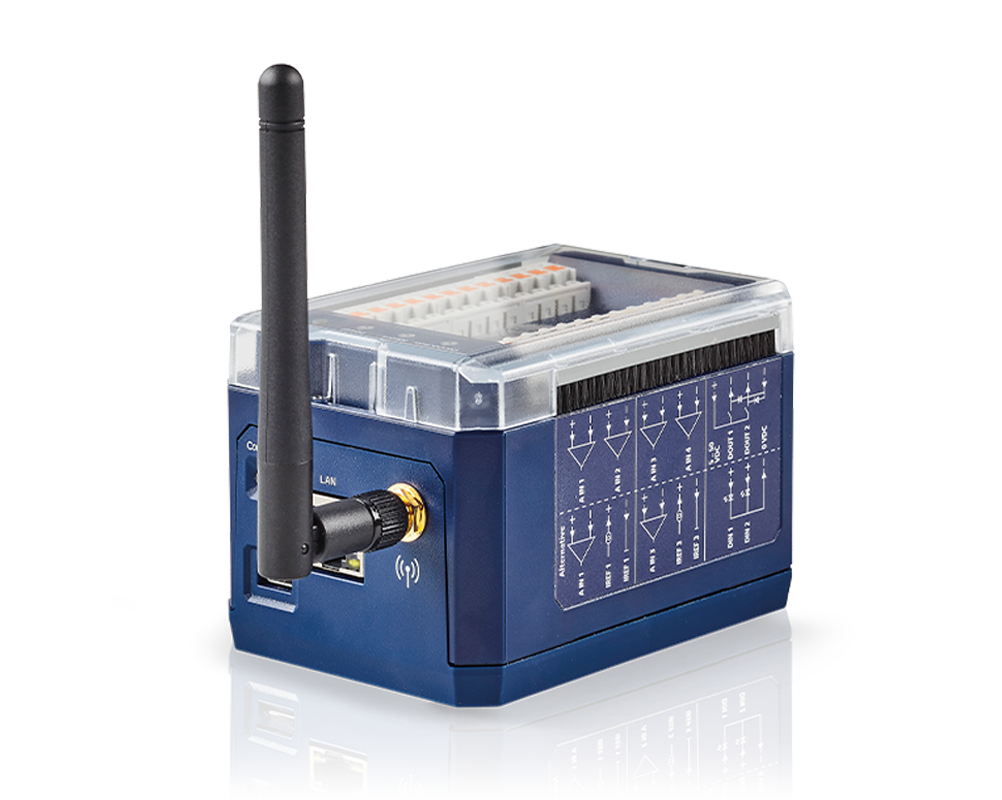
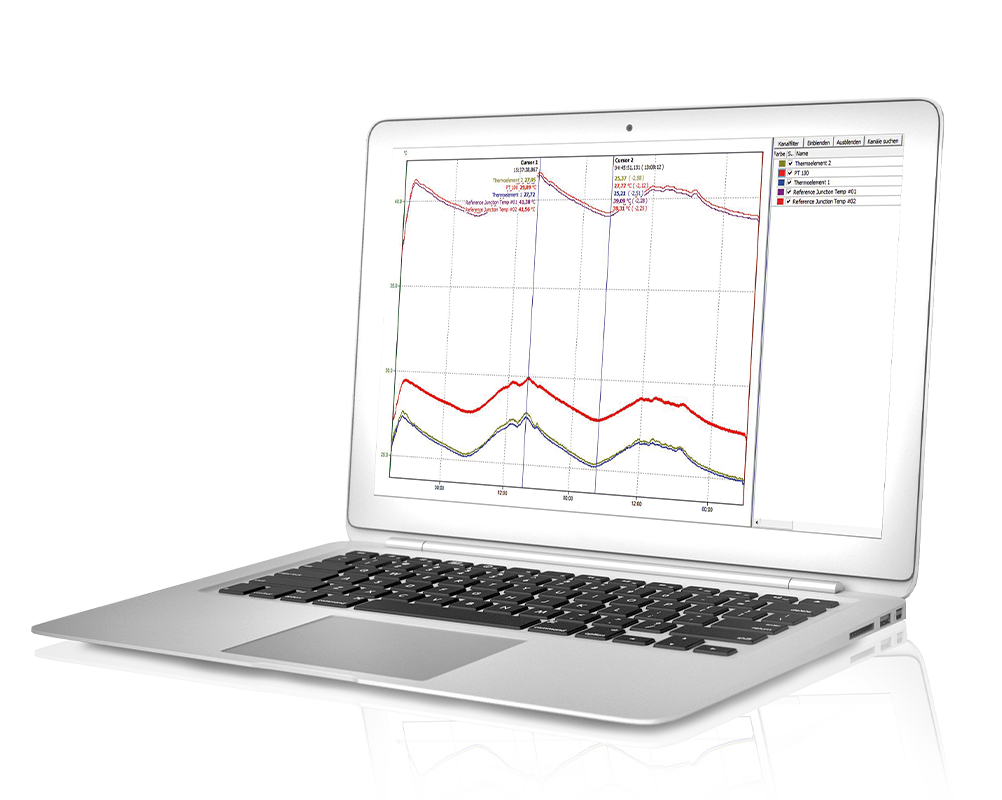

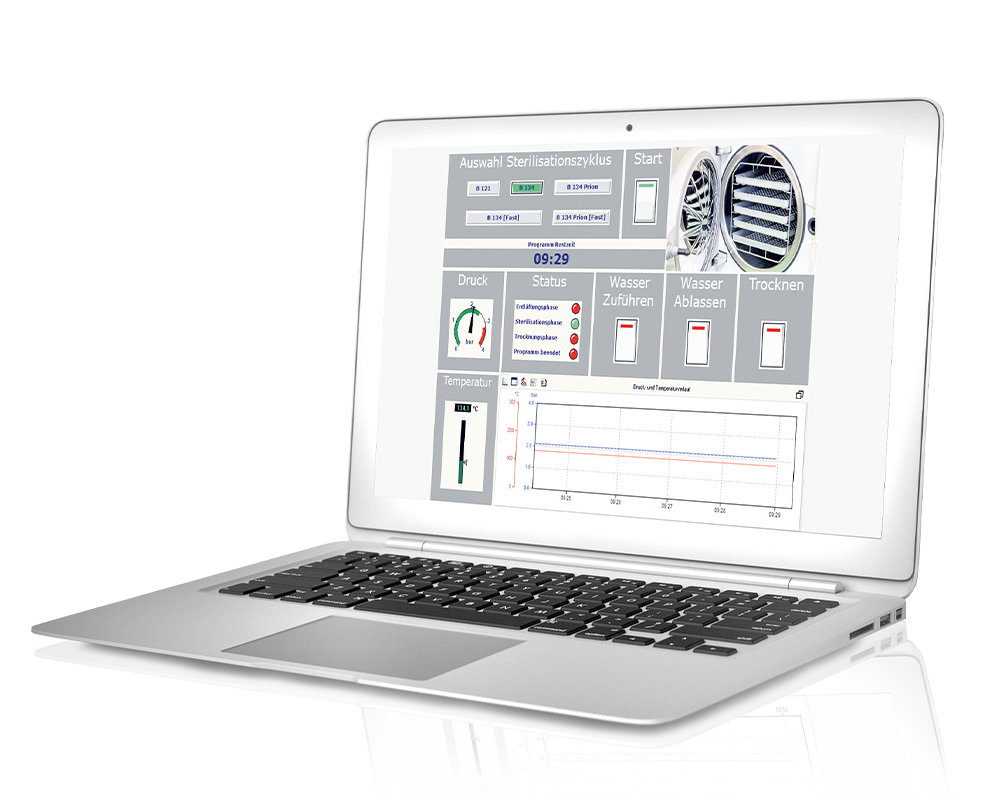
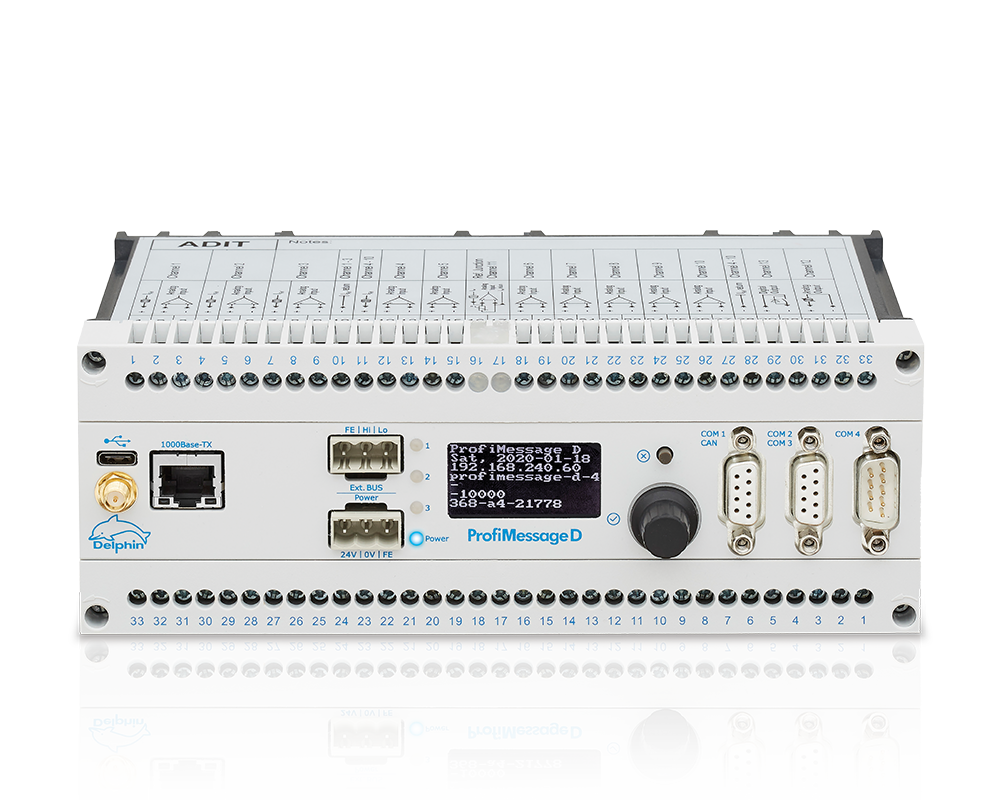
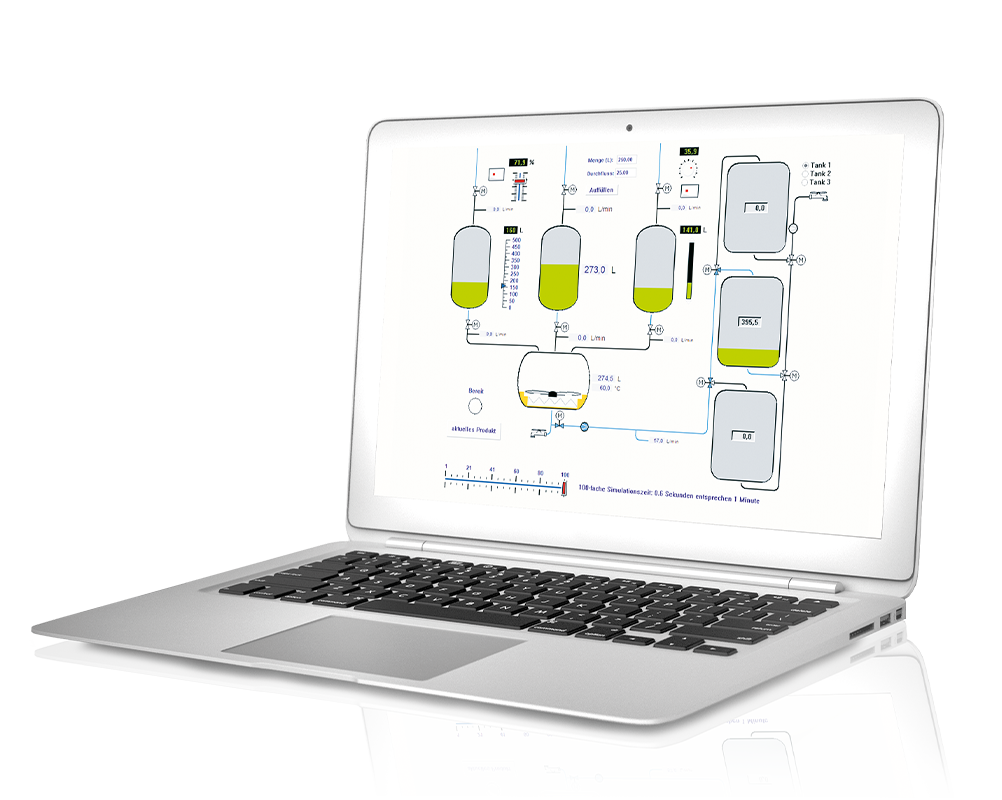
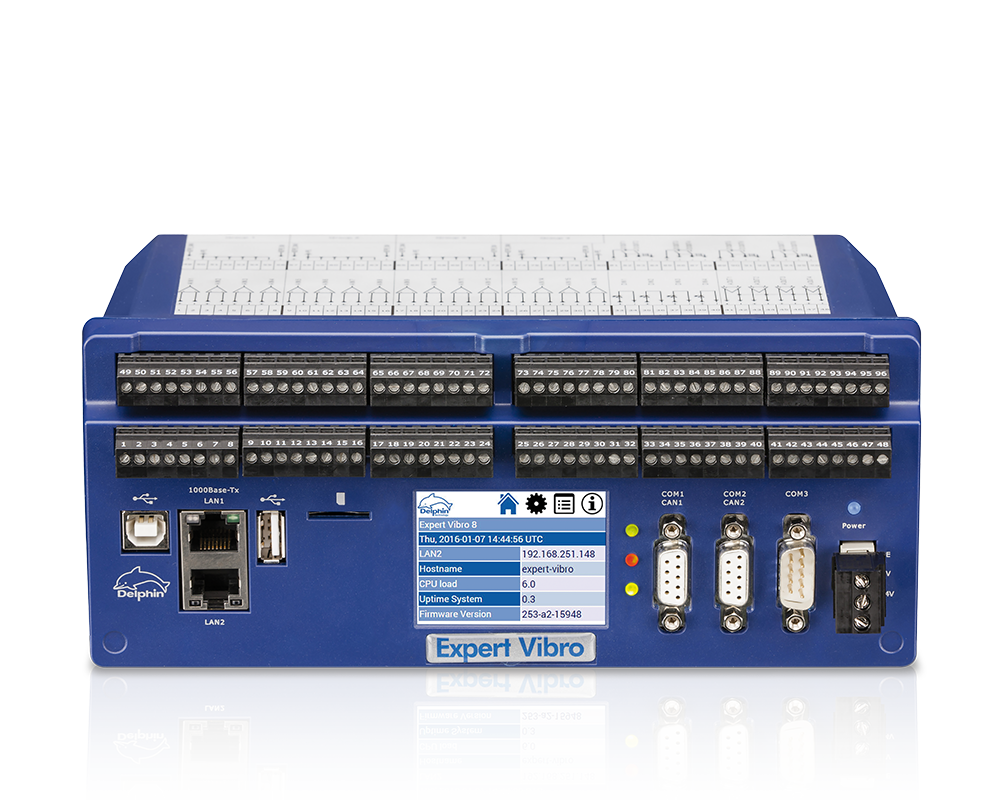
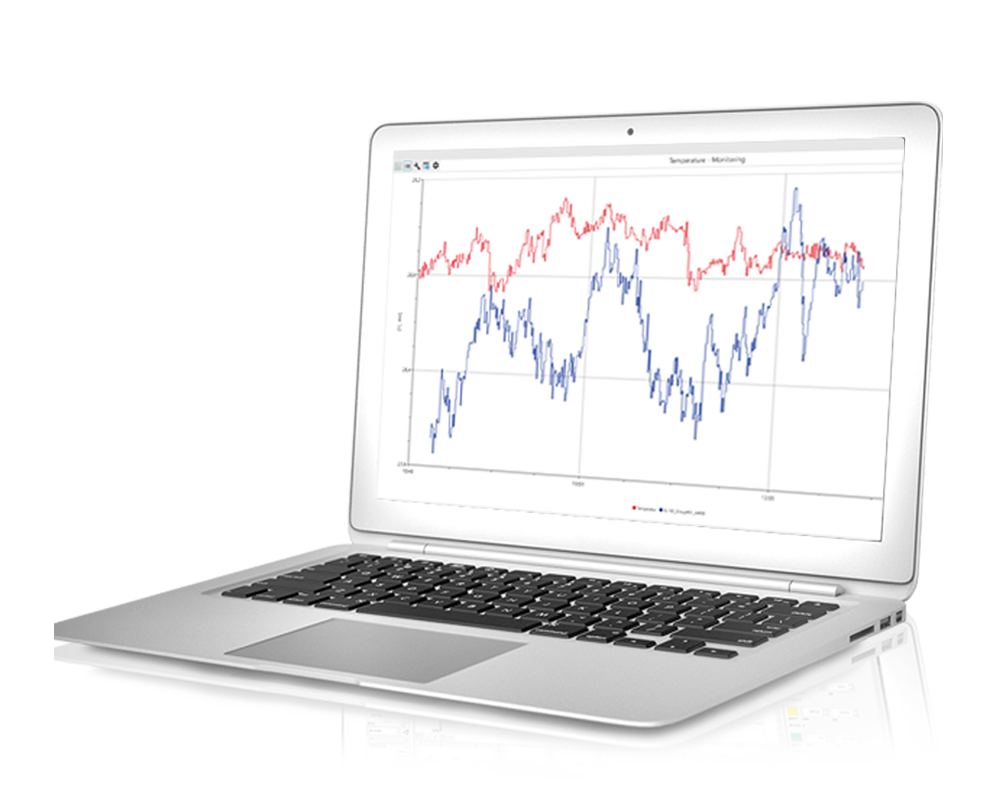
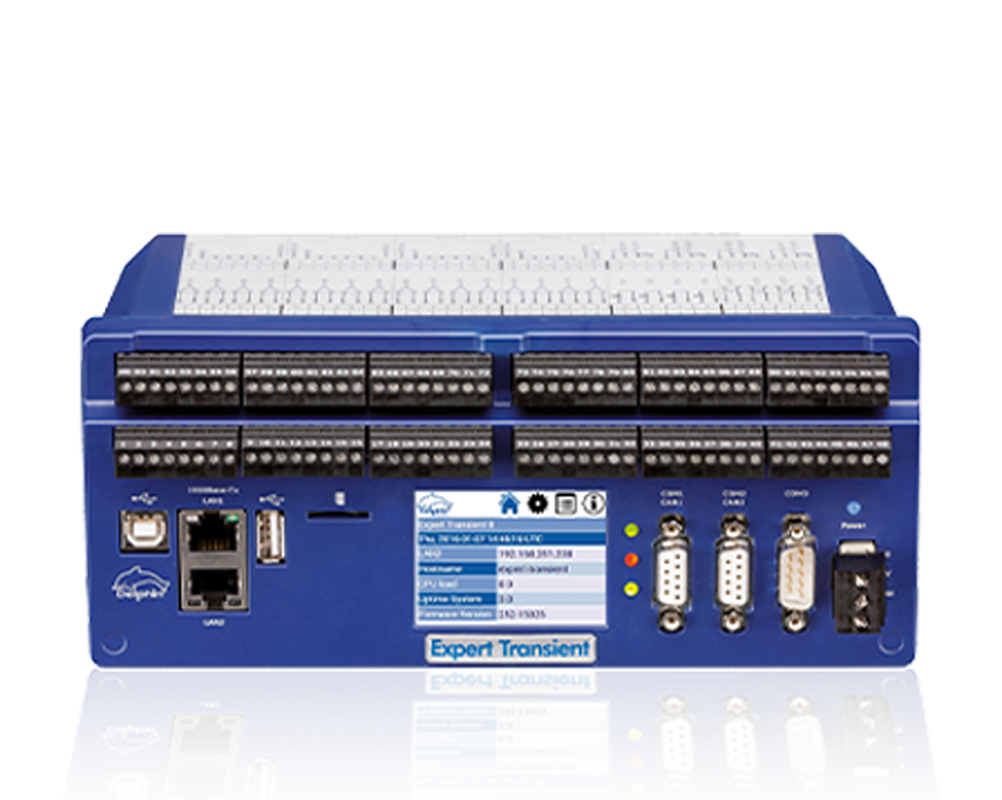
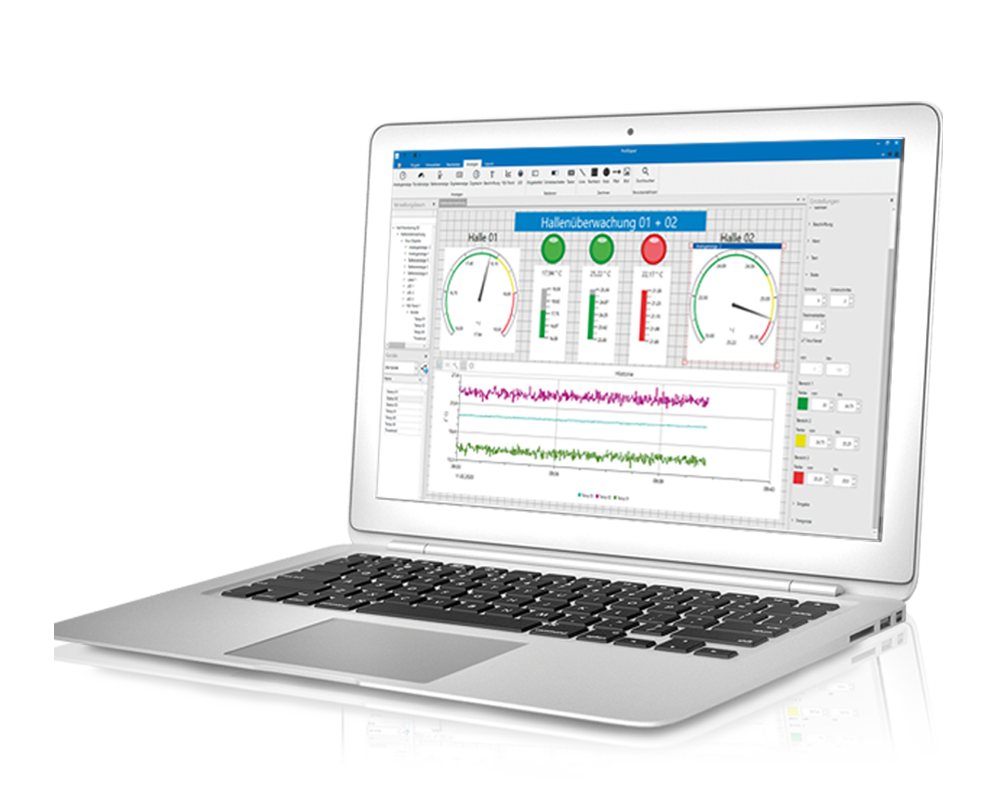
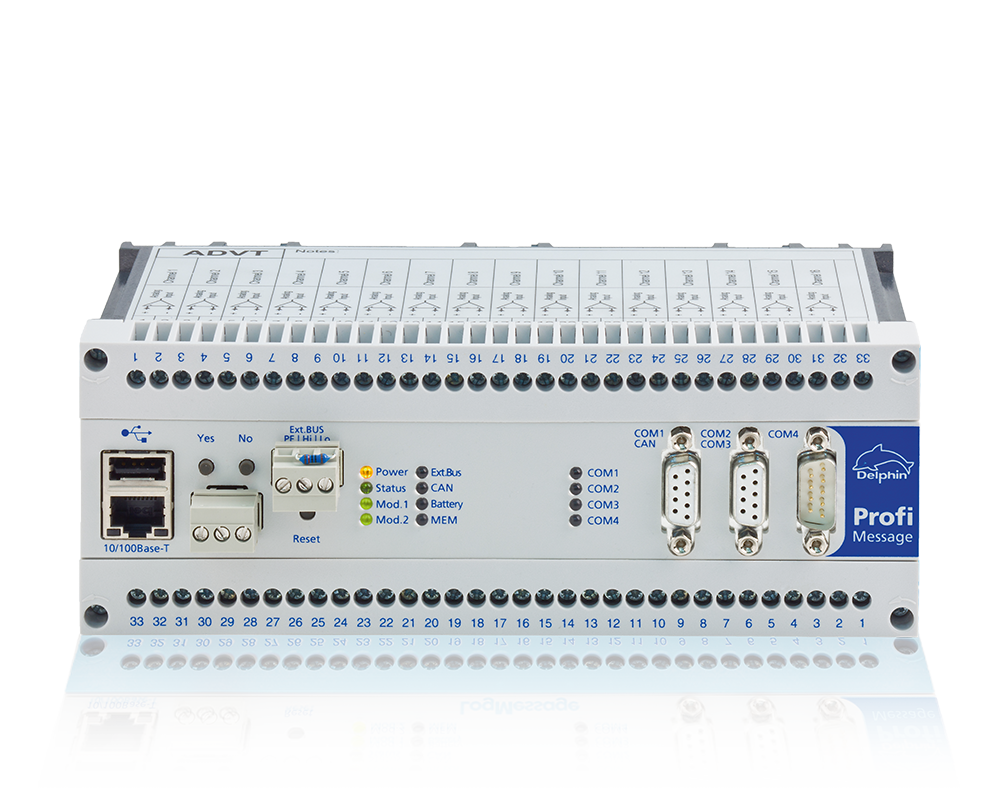
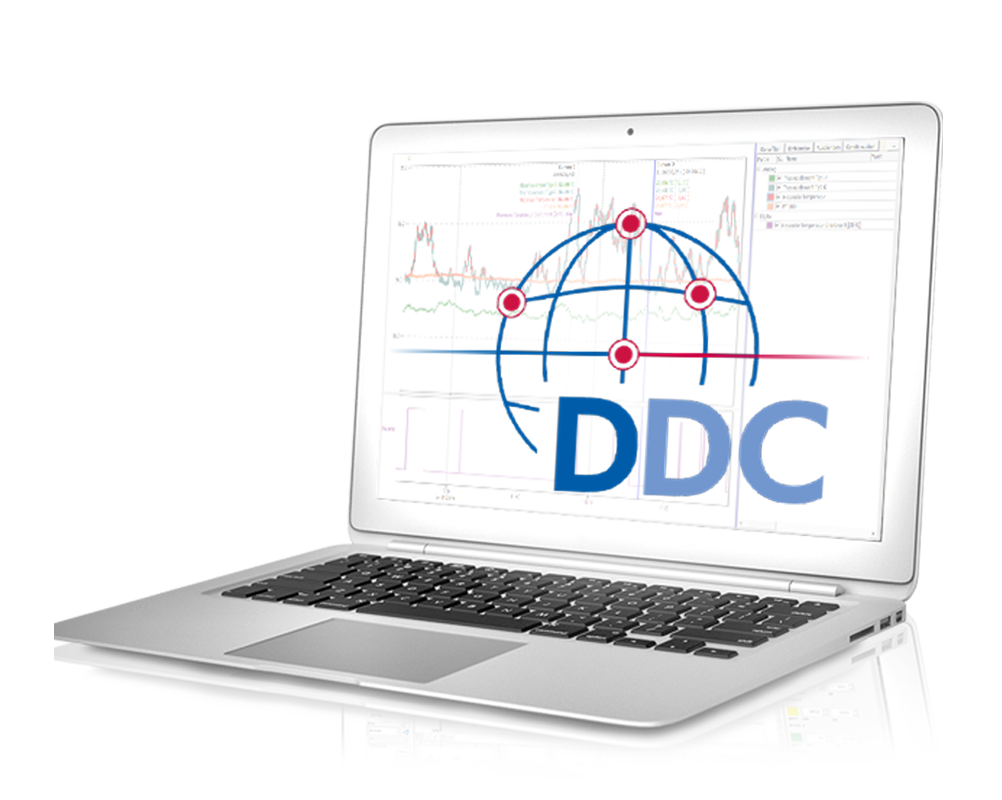
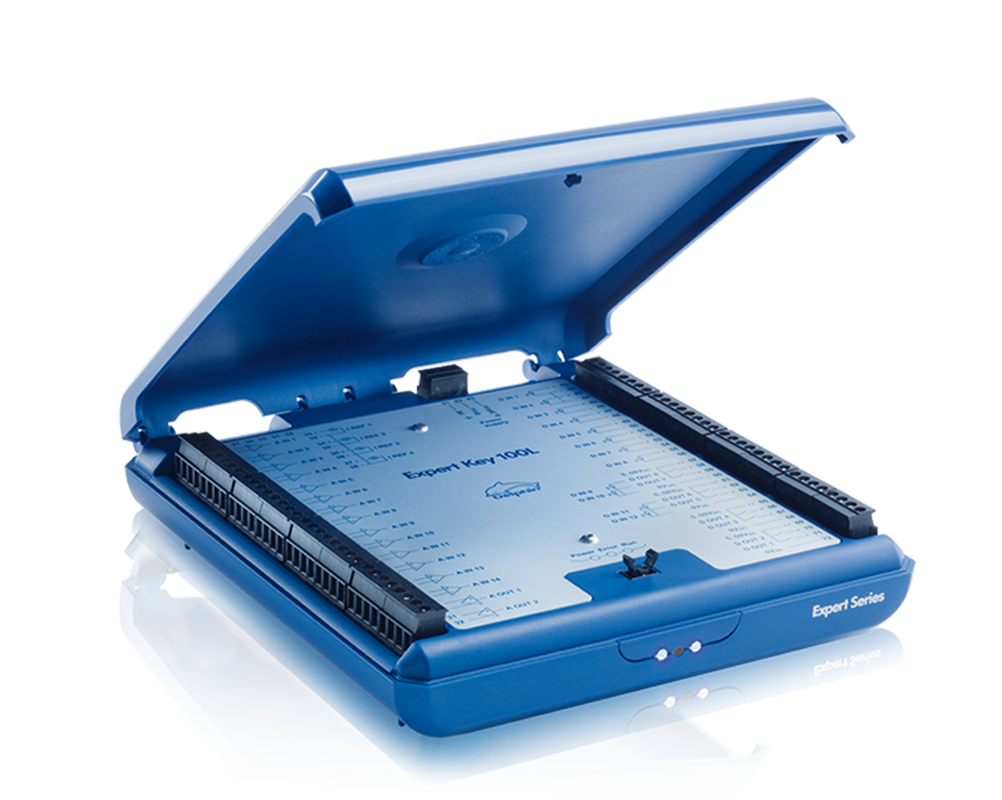
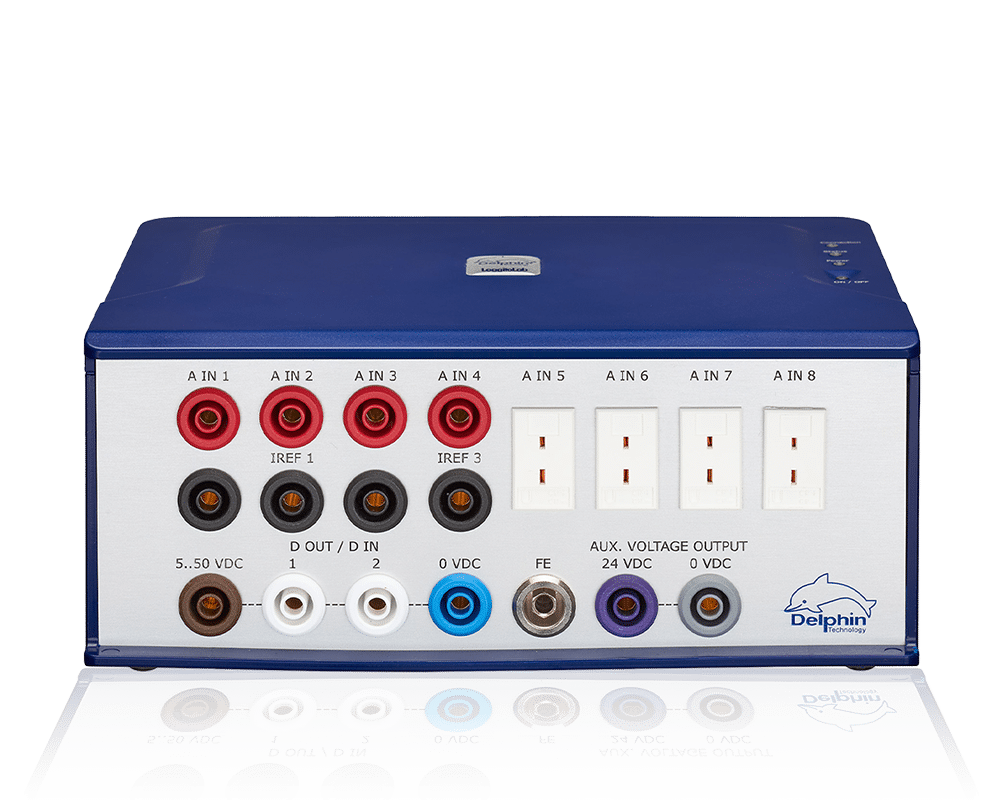
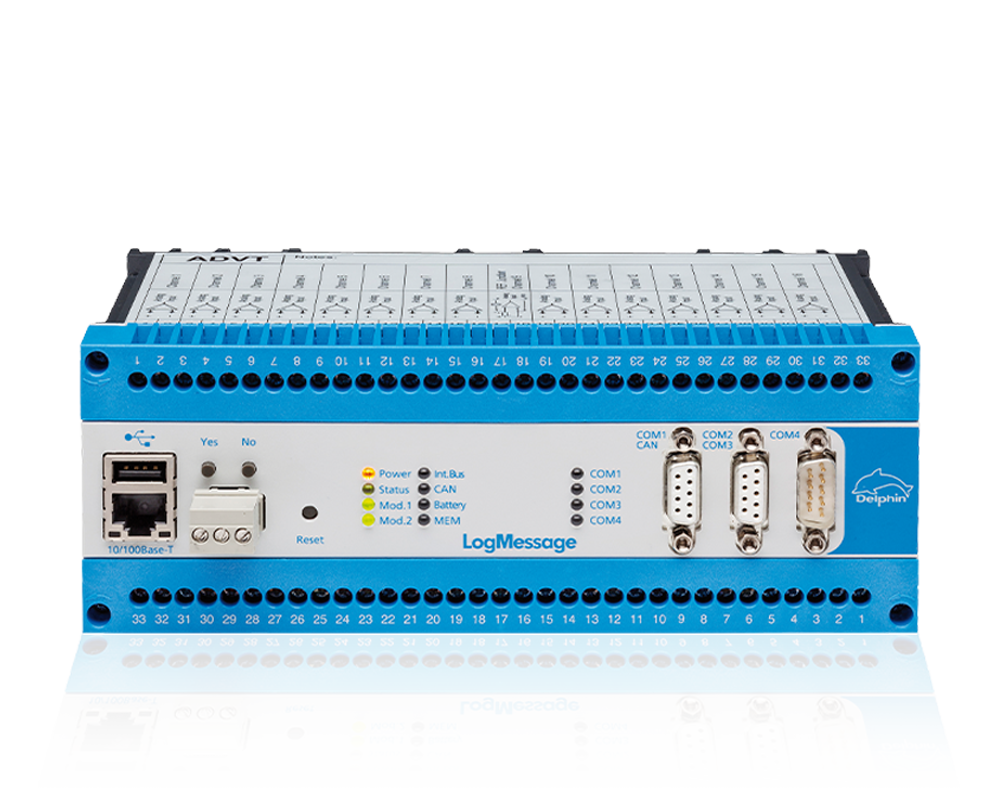
Flexible, scalable and expandable solution for seamless data acquisition and monitoring
The Loggito device is a compact data logger system designed for the acquisition and recording of measurement data. It has a variety of analog and digital inputs to connect different sensors and signals. The device records the data with high accuracy and stores it on an internal memory or external storage media such as SD cards.
To the product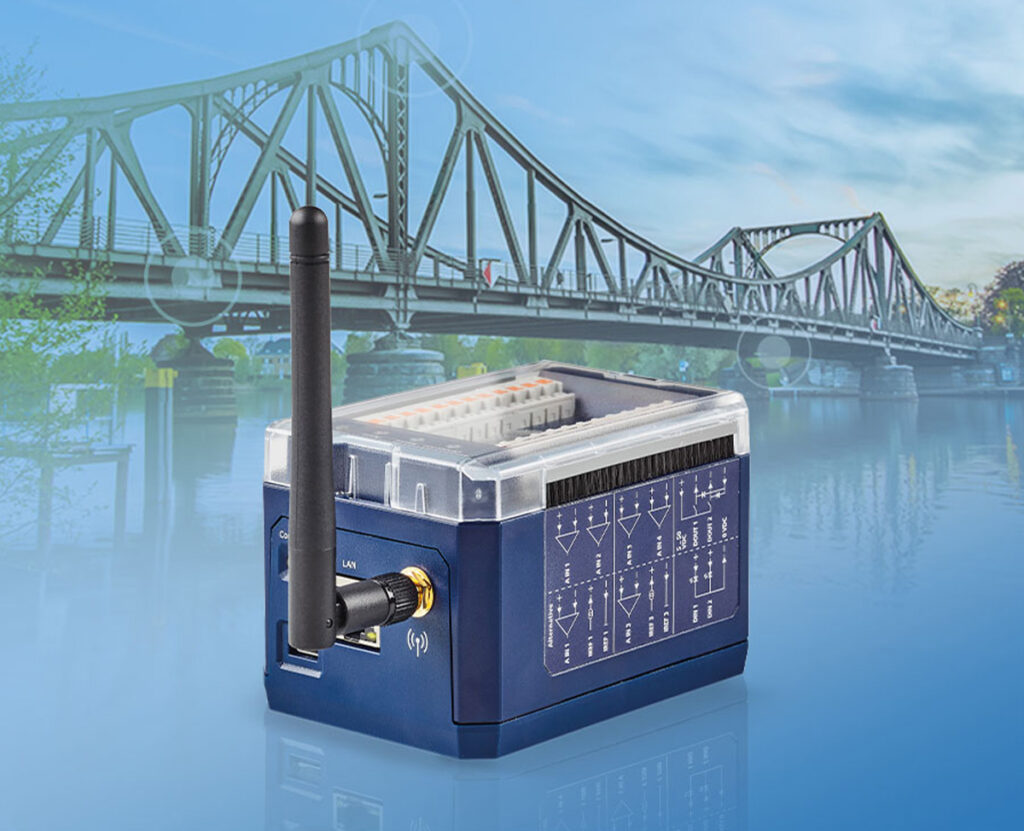
Data acquisition and analysis
With ProfiSignal Go you can display online data from the Message and Expert hardware in diagram form. Numerous analysis functions, such as zoom, cursor, movable axes, flags, ASCII export and calculation channels, enable fast display of measured values and post-processing.
To the product
Precisely record, autonomously store, automatically transmit and evaluate measured values.
The FPGA-based Expert Logger device is particularly powerful and enables the processing of up to 46 analogue input channels, both at low and high sampling rates. Measured values can be precisely recorded, autonomously stored and automatically transferred to the internet or PC via USB, LAN or WLAN and evaluated.
To the product
Operating and monitoring
ProfiSignal Basic combines the functions of ProfiSignal Go with operating and monitoring elements of process visualisations, e.g. digital and analogue displays, switches, buttons and signal lamps. With Basic, you can create everything from simple visualisation diagrams to complex visualisation systems.
To the product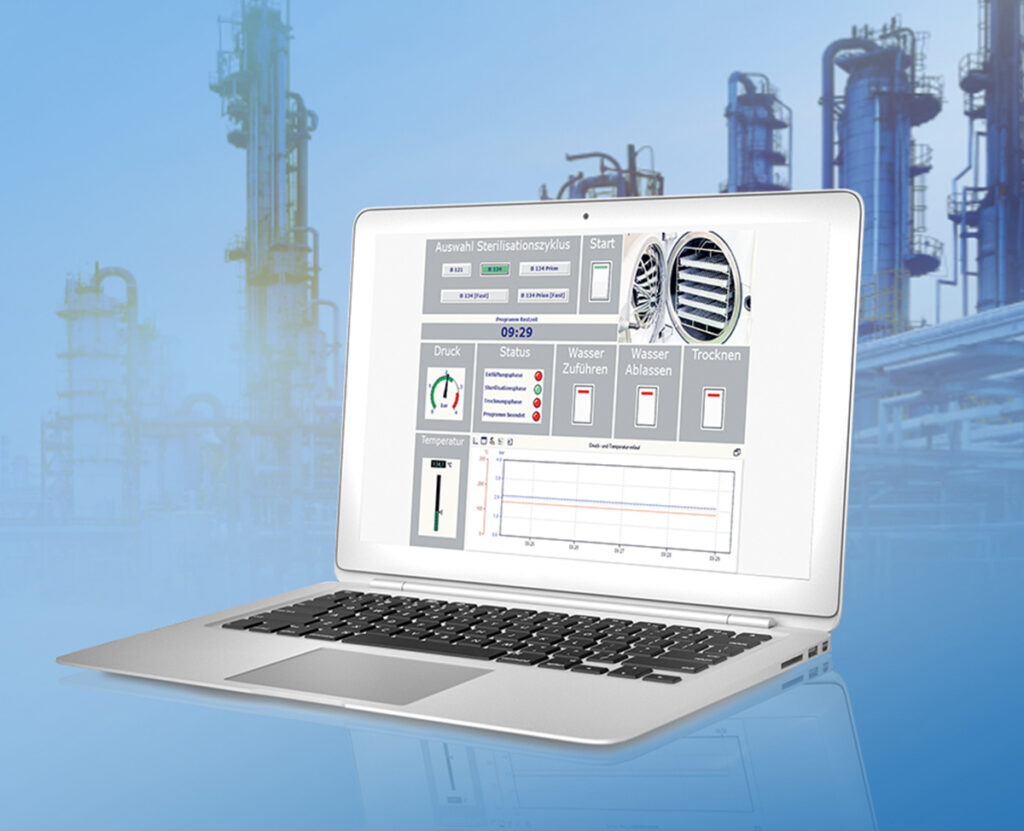
Modular measuring, monitoring and automation in one device.
The ProfiMessage D device is a state-of-the-art data logger system that has been specially developed for industrial data acquisition and analysis. It offers a wide range of functions such as the recording and storage of measurement data, monitoring of process parameters and alarms in the event of deviations.
To the product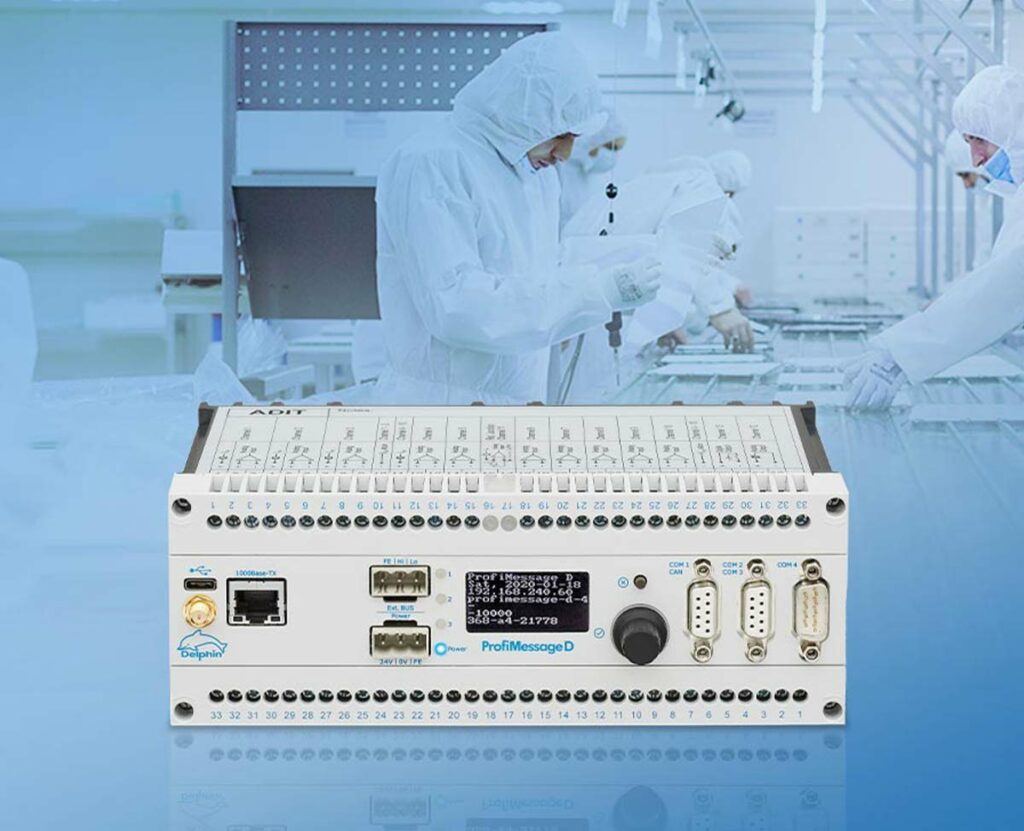
Automate and control
ProfiSignal Klicks supplements ProfiSignal Basic with functions for process automation. Structural diagrams for mapping the process as well as a script language (completely operable with the mouse) enable even the non-informatician to create complex test stand and automation applications with automatic report generation.
To the product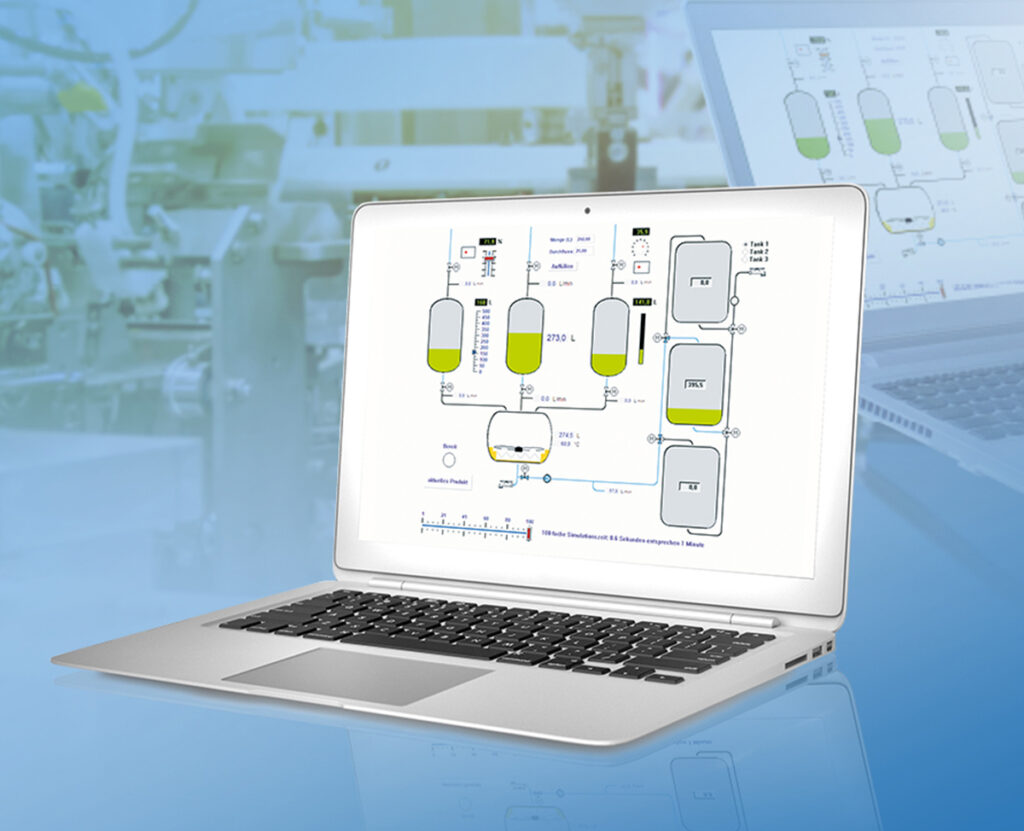
State-of-the-art processor technology and extreme precision for vibration measurement.
The Expert Vibro device is a powerful vibration analysis device that has been specially developed for monitoring and analyzing machine and system conditions. It enables vibration data to be recorded and evaluated in order to detect potential problems or signs of wear at an early stage.
To the product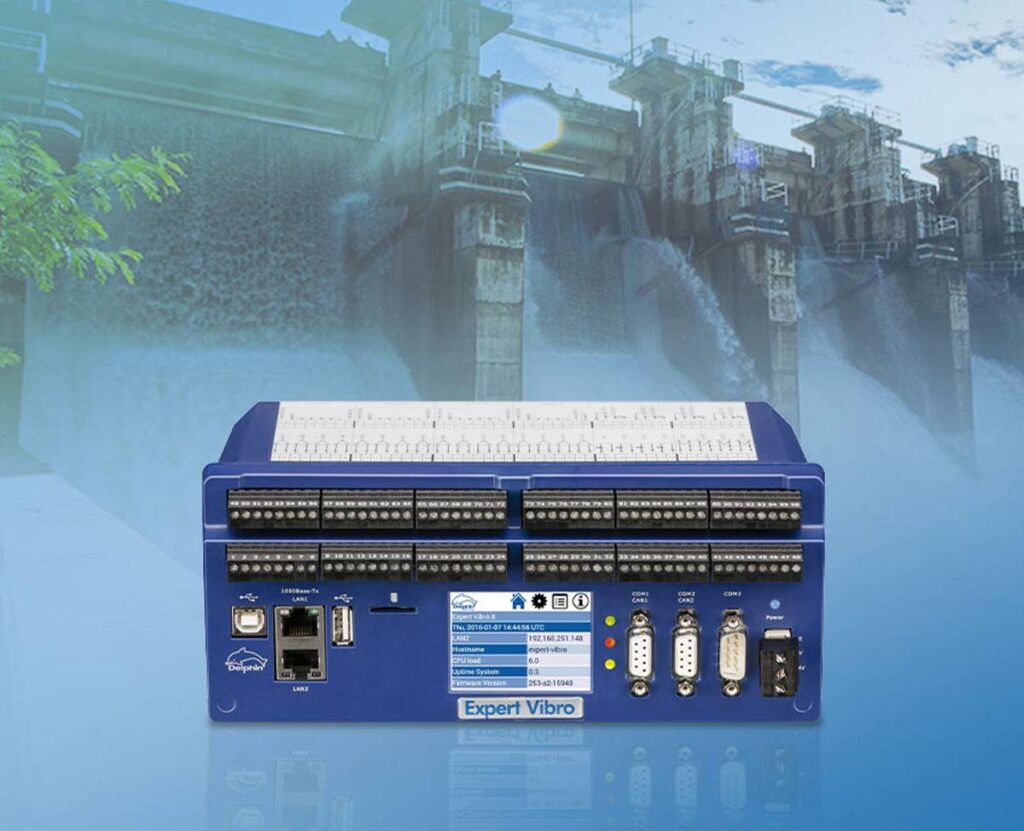
Fast project planning and analysis of measurement data
With ProfiSignal 20 Go you can visualise your measurement data in just a few steps, both online and offline, in various diagram types, monitor, analyse, archive as a measurement file or export directly in the appropriate file format.
To the product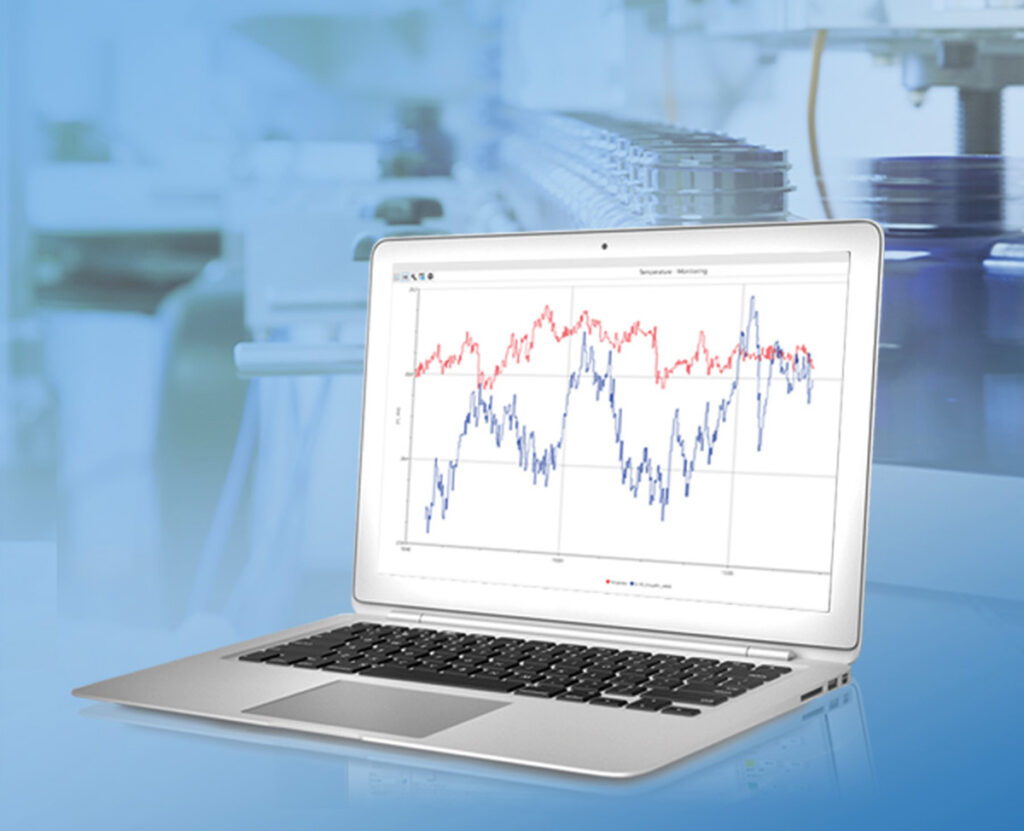
Intelligent data recorder for synchronous recording of transient and periodic events.
The Expert Transient device enables the recording and evaluation of transient signals over a certain period of time and provides important information for the optimization of processes and systems. The device is characterized by its high accuracy, fast sampling rate and simple operation.
To the product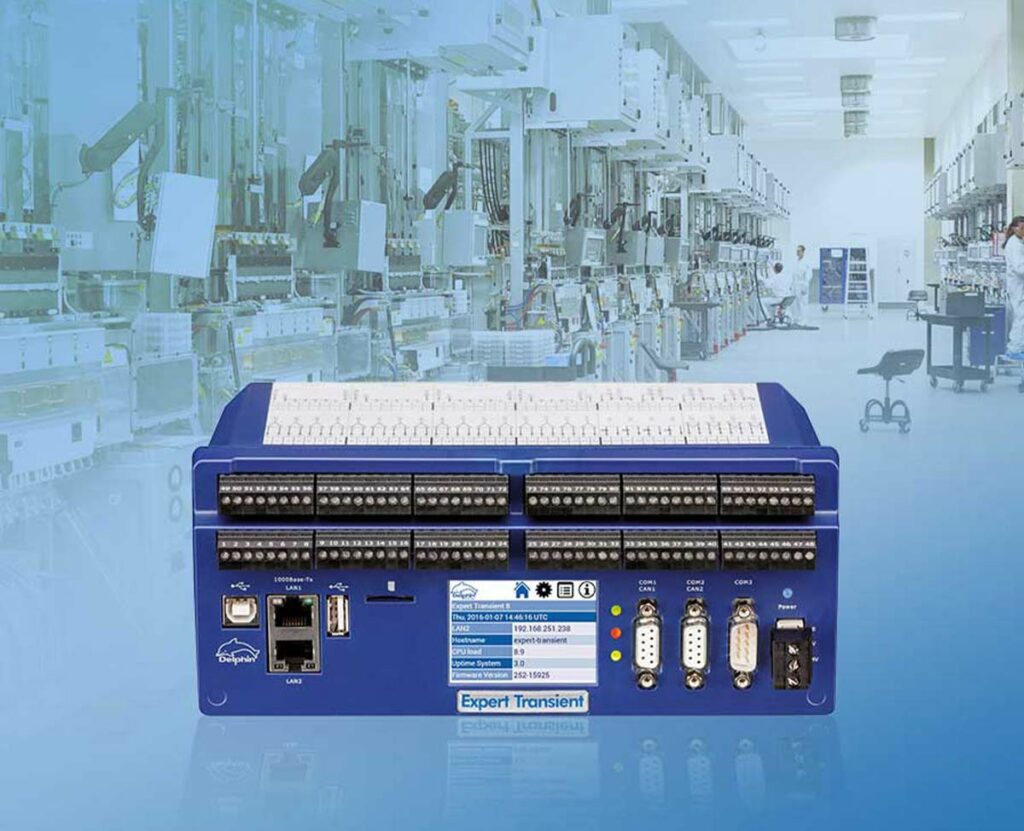
Visualisation and operation
With ProfiSignal 20 Basic you can create individual diagrams using a wide range of operating and monitoring elements. Both continuous processes (e.g. production data acquisition) and discontinuous measurement tasks (e.g. test measurements) can be visualised, operated and monitored without any programming effort. You can create the operating and monitoring diagrams by assembling and configuring the prefabricated elements.
To the product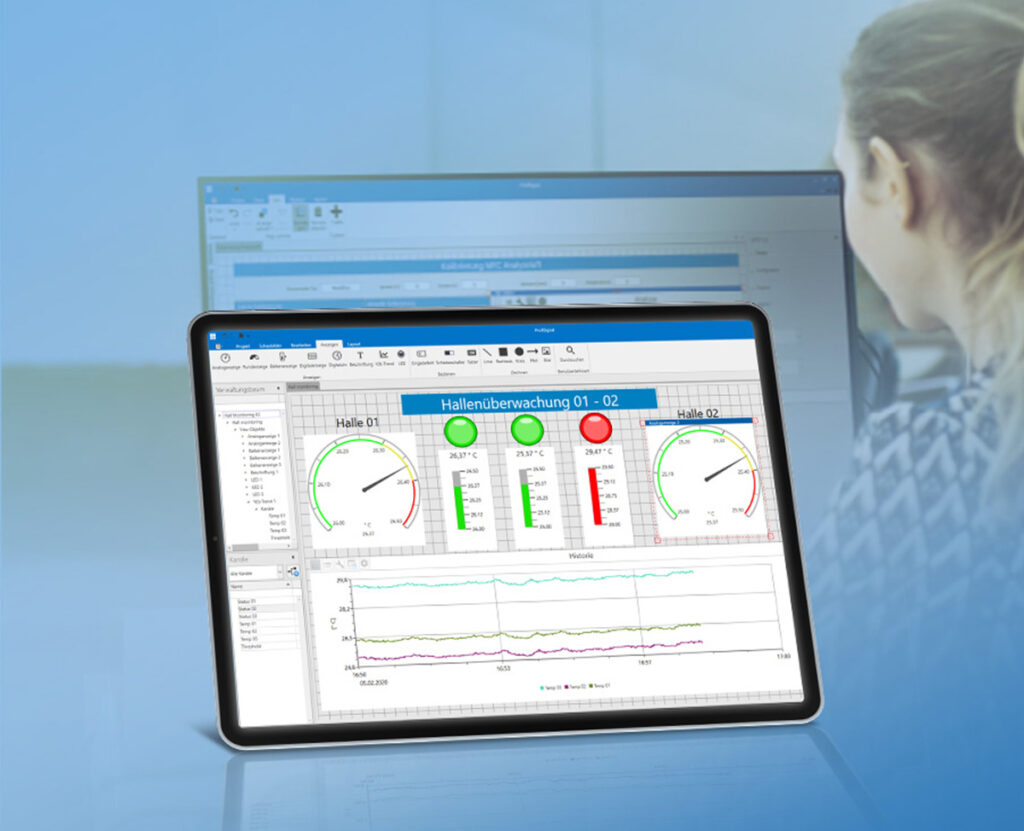
Modular system for use as a measuring, control and monitoring device.
The ProfiMessage devices are a modular, expandable and easy-to-use system for measurement data acquisition, monitoring and automation of machines, systems or test benches. ProfiMessage can be used wherever measured values need to be recorded quickly, precisely and electrically isolated, as well as intelligently pre-processed or monitored.
To the product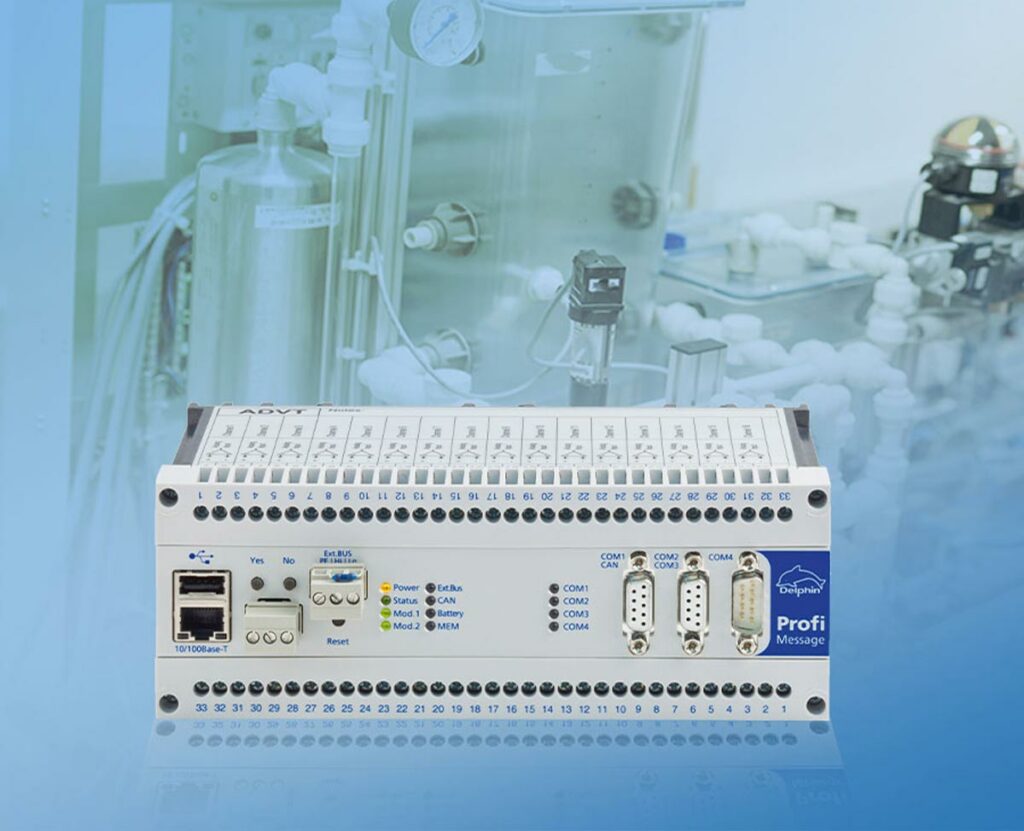
Central measurement data management
The Delphin Data Center is the solution used for the worldwide measurement networking and control of plants, machines and test stands.
To the product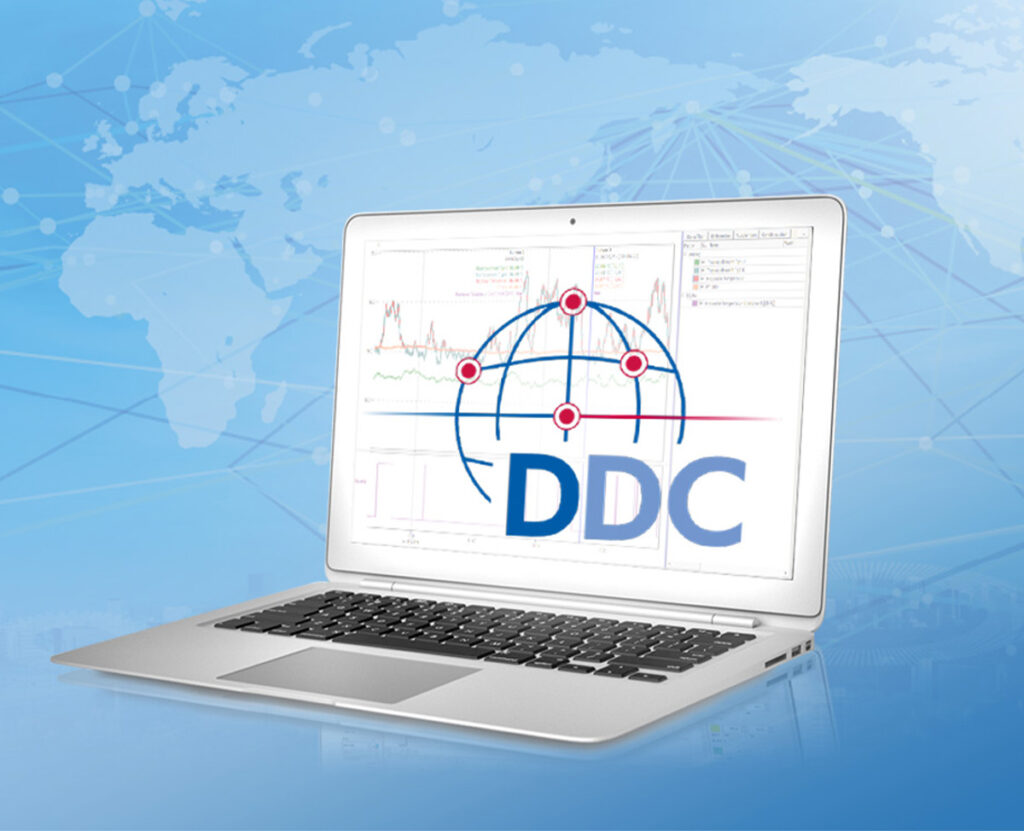
PC-supported data acquisition and test stand
The Expert Key device is a measuring and control device that can be used in various applications. It enables the acquisition and evaluation of measurement data as well as the control of processes. The device has various interfaces and can be connected to a wide range of sensors and actuators. It is often used in automation technology, mechanical engineering and research.
To the product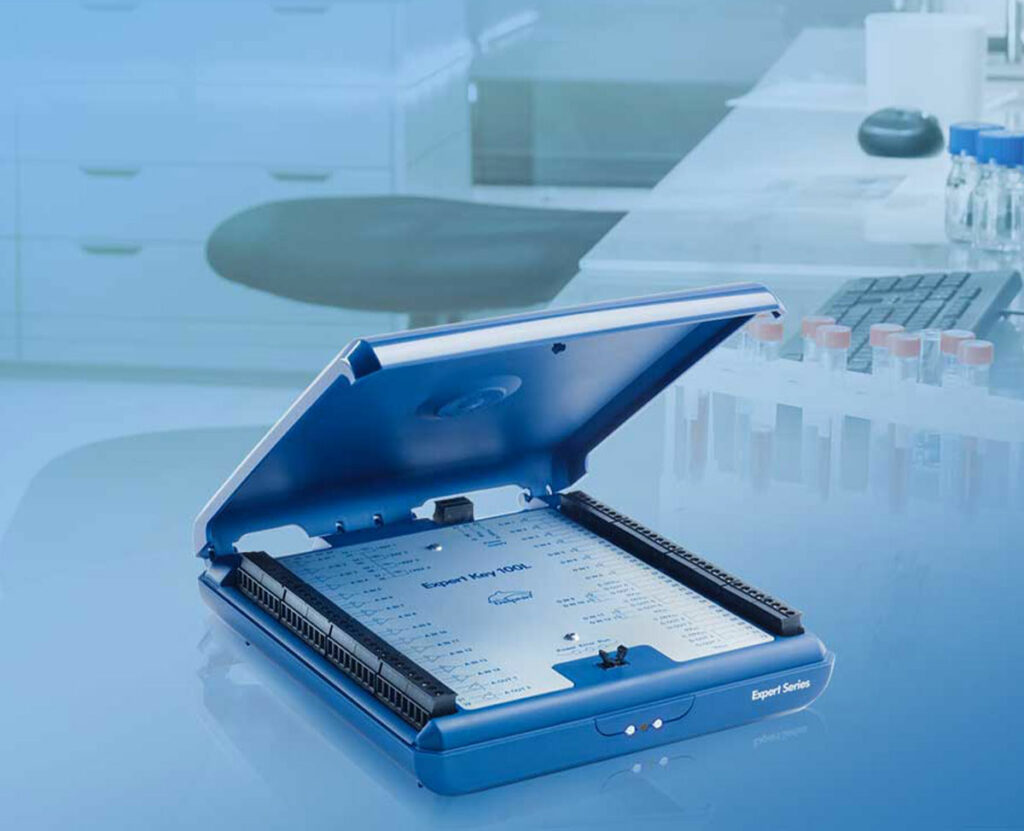
Compact and flexible measurement data laboratory with precision measurement technology.
The LoggitoLab device is ideal for use in laboratory environments, research projects, quality control and other applications where precise data acquisition and analysis is required. It offers a reliable and user-friendly solution for monitoring and recording measurement data.
To the product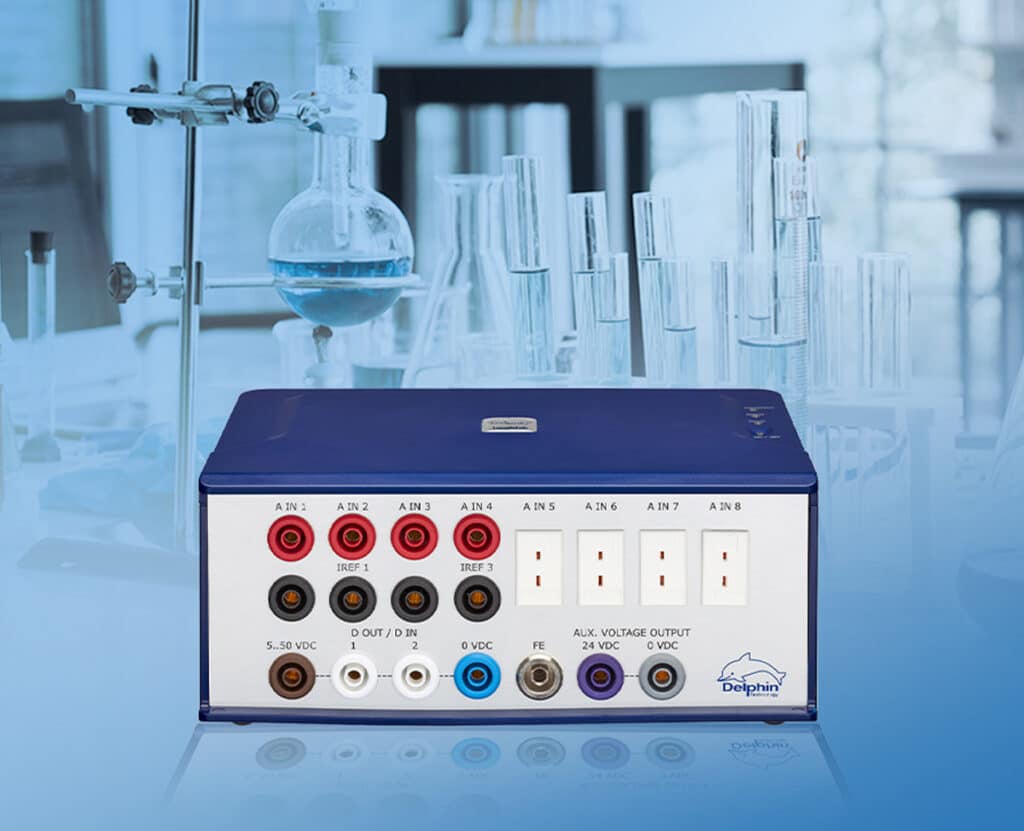
Test stand for measurements with potential using an internal data memory.
The LogMessage device is a powerful data logger system designed for the reliable acquisition and recording of measurement data. It offers a variety of analog and digital inputs to connect different sensors and signals. The device records the data with high accuracy and saves it to an internal memory or external storage media.
To the product